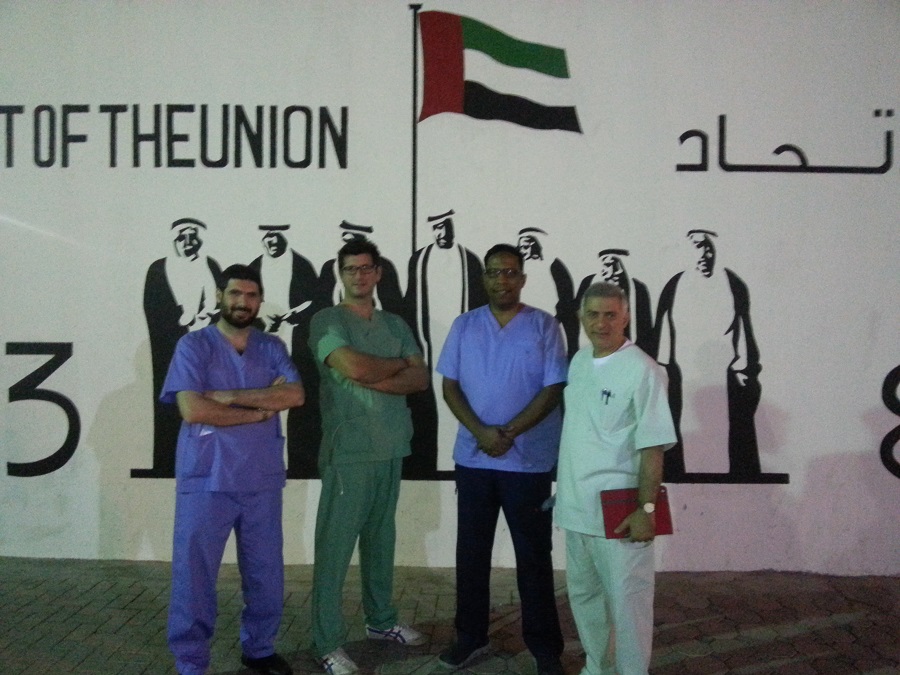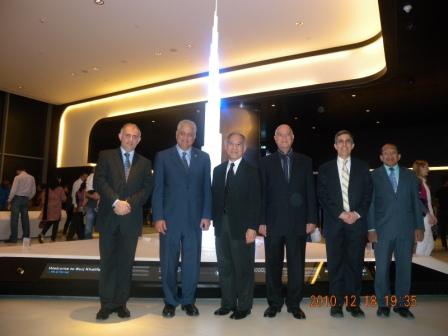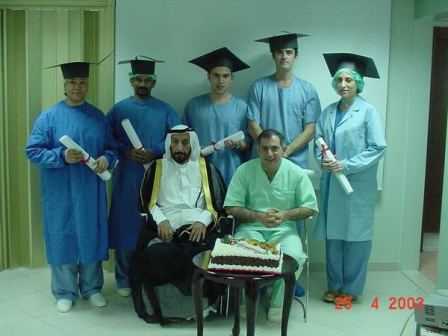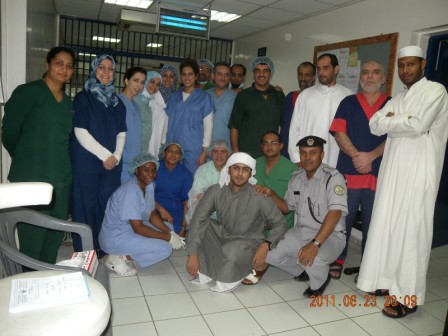Questions
Part I -IV
Kindly address the answers to the following questions and email them to info@id-sc.com
Part I:
Differential Diagnosis – Treatment Planning – Maintenance
A) Patient Selection
1. When is treatment, without implants, a better choice?
2. Is it preferable to treat periodical disease or to replace a tooth with an implant?
3. What dental conditions contraindicate use of implants?
4. What medical conditions absolutely contraindicate use of dental implants?
B) Diagnostic Protocols
1. What is the role of patient input at the initial visit regarding prosthetic preferences?
2. What is a preferred step-by-step procedure to diagnose and plan treatment for implant related cases?
3. In the team approach, who is in charge of the case?
4. In the team approach, when is it best to consult with the implant insertion practitioner?
5. What determines the selection of radiographic procedures to aid in diagnosis and treatment planning?
6. What criteria determine use of dental implant anchorage in orthodontic treatment?
C) Treatment Protocols
1. What implant modalities can be utilized for abutment support?
2. What criteria determine the number of implants indicated for an edentulous arch?
3. What objective criteria determine the type of implant supported prosthesis?
4. What treatment protocols support or limit longer-term survival?
5. What is the importance of the length of treatment time, trauma, esthetics and cost to patient and practitioner?
D) Prognoses and Maintenance
1. What information should be included in a pre-treatment discussion of prognoses?
2. What are the preferred protocols for aftercare and maintenance?
3. Does normal function or aging of the patient and implant system impact longer-term survival?
4. Does the alveolar ridge following removal of periodontally involved teeth have a guarded prognosis for implant insertion?
5. What are the unique considerations for the disabled and elderly?
Part II:
Bone Enhancement – Local and Systemic
A) Site Anatomy
1. What are the implant prognoses when utilizing the varied grafting materials for one-, two-, and three- walled defects in the anterior and posterior maxilla and mandible?
2. What are the benefits, risks and primary indications of the varied protocols for sinus augmentation?
3. What are the benefit, risks and primary indications for immediate or delayed insertion of endosteal implants in cases of sinus augmentation?
B) Grafting Tissues/Materials
1. What are the benefits and risks for the sole utilization of autogenous grafting?
2. What are the benefits and risks for the use of autogenous grafting in combination with other materials?
3. What are the benefits and risks of harvesting from each of the various donor sites?
4. What are the various types and configurations of grafting tissues and materials, and variations in the sequencing of treatment?
5. What is the safety and effectiveness of biological and synthetic substances utilized for guided tissue regeneration and development?
6. What is the safety and effectiveness of wound closure systems such as gels, adhesives, membranes, fabrics, anchors, tacks, etc.?
C) Osteo-promotion
1. Does the incorporation of additives such as BMP, PRP and growth factors into conductive grafting materials enhance bone development?
2. What are the limits of new bone growth when utilizing distraction osteogenesis?
D) Pharmacotherapeutics and Genomics
1. What are the short-and long-term prognoses following the utilization of pharmacotherapeutics for bone enhancement prior to grafting, and for bone enhancement prior to grafting, and for bone development and maintenance following grafting?
2. What is the clinical role resulting from new research, such as genomic assessment and proteomics, relative to treatment protocols to impact short- and long-term implant function?
Part III:
Prosthodontic Optimization
A) Abutment Component Design/Materials
1. What are the preferred techniques and materials for modular component fabrication?
2. What are the indications and contraindications for the utilization of stock modular abutment components for endosteal implants?
3. What are the indications and contraindications for the utilization of custom modular abutment components for endosteal implants?
B) Abutment Components
1. What are the advantages for utilization of an internal anti-rotational configuration in an endosteal root-form implant?
2. What are the advantages for utilization of an external anti-rotation configuration on an endosteal root-form implant?
3. What are the advantages for utilization of the Morse taper configuration in or on an endosteal root-form implant?
4. What are the advantages for utilization of an alternate type of connection in or on an endosteal root-form implant?
5. Is cementation the preferred method of connecting prosthesis to its abutments?
6. Is screw retention the preferred method of connecting a prosthesis to its abutments and/or implants?
C) Prosthesis Design
1. What are the advantages and disadvantages of the placement of a mesostructure between implants and fixed prostheses?
2. Should root-form implants be routinely splinted or remain free-standing for definitive prostheses?
3. What are the indications and contraindications for the utilizations of the natural tooth co-abutment s with dental implants to support fixed prosthesis?
4. How can one assess frame work passivity when joining units by soldering, laser-welding or for one- pieces casting?
5. What is the relative impact of the mechanics of abutment screw preloading; thread designing and surface treatment on retention?
D) Esthetic Design/Occlusion
1. What are the indications and contraindications for choice of the emergent profile concept to enhance esthetics?
2. What are the indications and contraindication for the choice of the ridge-lapping to enhance esthetics?
3. I cases of severe ridge resorption, what are the possible solutions to provide acceptable esthetics?
4. What are the preferred materials for the substrate, bulk structure and occlusal table of prostheses supported by endosteal implants?
5. What accluoal factors determines the limits of force that an implant can tolerate?
Part: IV
Failures and Reversible Complications
A) Classification
1. What are the primary causes of implant complications and failure that occur six or more months following prosthodontic restoration?
2. What criteria determine whether an implant complication is reversible or is a failure requiring implants removal?
3. When there is a divergence between clinical and radiographic findings, what factors determine treatment?
4. Are complications at the pergingival site significantly related to treatment outcome?
5. What are the preferred techniques to inform patients regarding potential failure and reversible complications?
B) Reversible Complications-Classification and Treatment
1. For each accepted modality, what complications are reversible?
2. For each accepted modality, what are the preferred treatments for reversible complications?
C) Failed Implants-Classification and Treatment
1. What are the preferred procedures for the removal of failed implants of each modality?
2. What is the importance of analyses of explanted devices?
3. What are the preferred techniques to preserve tissues and implants for analysis?
D) Clinical Retreatment and Management
1. What are the criteria for selecting implant modalities or other restorative options for the retreatment of cases following implant removal?
2. How does the length of function prior to observation of reversible complications or failure impact patient relations and subsequent retreatment plans and fees?








